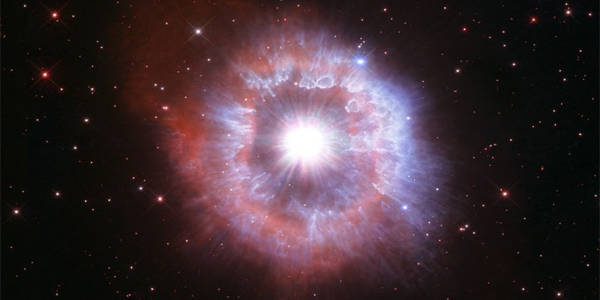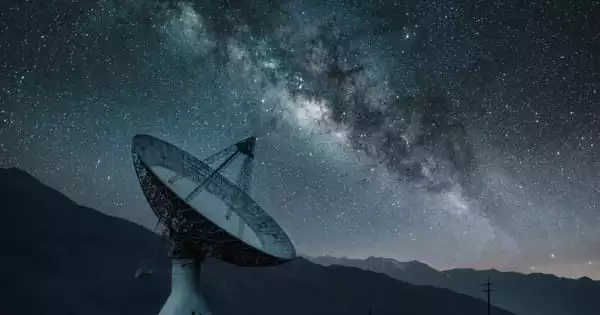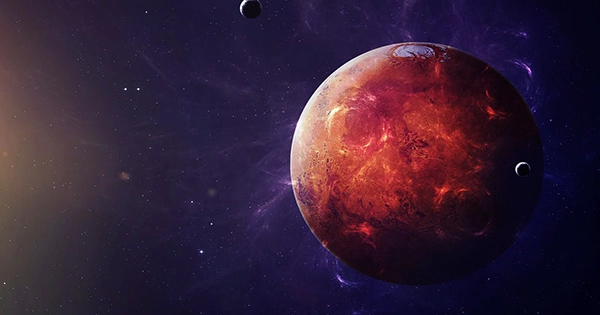Massive evolved stars are luminous blue variables (LBVs). Their spectra and brightness vary in unpredictable and sometimes dramatic ways. These S Doradus variables are unstable supergiants or hypergiants. S Doradus is a bright star in the Large Magellanic Cloud. LBVs are extremely rare, with only 20 listed as SDor in the General Catalogue of Variable Stars, and some of these are no longer considered LBVs.
They are typically B-type stars, occasionally slightly hotter, with unusual emission lines in their “quiescent” state. They are found in the S Doradus instability strip of the Hertzsprung–Russell diagram. They are the least luminous, with a temperature of around 10,000 K and a luminosity of approximately 250,000 times that of the Sun. The most luminous have temperatures around 25,000 K and luminosities that exceed a million times that of the Sun. These are some of the brightest stars in the universe.
Luminous blue variables (LBVs) had long been considered massive stars in transition to the Wolf–Rayet (WR) phase, so their identification as progenitors of some peculiar supernovae (SNe) was surprising.
Their connection to supernovae is unknown. LBV identification requires confirmation of the distinctive spectral and photometric variations, but these stars can be “quiescent” for decades or centuries, during which time they are indistinguishable from many other hot luminous stars. On the basis of its spectrum or luminosity, a candidate luminous blue variable (cLBV) can be identified relatively quickly, and dozens have been catalogued in the Milky Way during recent surveys.

Discovery and history
The LBV stars P Cygni and Eta Carinae have been known as unusual variables since the 17th century, but their true nature has only recently been discovered. In 1974, they were dubbed the “S Doradus variable” as a group. AE Andromedae is one of the brightest blue variables in M31’s Andromeda galaxy.
Some LBVs have been observed to undergo massive eruptions with dramatically increased mass loss and luminosity, which have been so violent that several have been classified as supernovae. The outbursts indicate that such stars are usually surrounded by nebulae; Carinae is the best-studied and most luminous known example, but it may not be typical. Although it is widely assumed that all luminous blue variables will experience one or more of these large eruptions, they have only been observed in two or three well-studied stars and possibly a handful of supernova imposters.
The two clear examples in our galaxy, P Cygni, and Carinae, as well as a possible example in the Small Magellanic Cloud, HD 5980A, have not demonstrated strong-cycle variations. It is still possible that the two types of variability occur in different star groups. Variations in helium opacity may cause these outbursts, according to 3-D simulations.
Information Source:
















